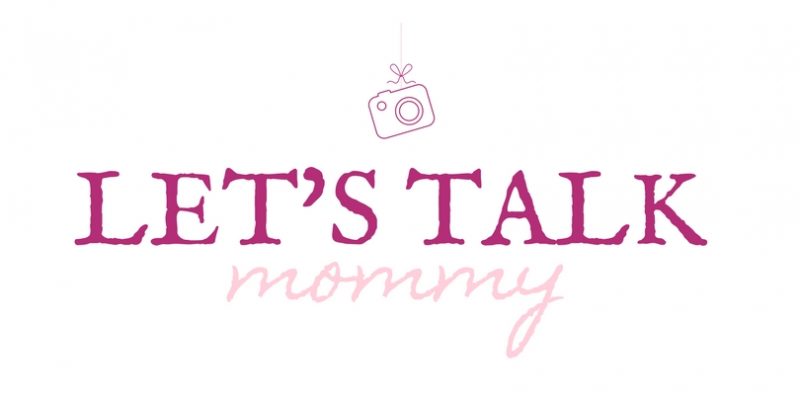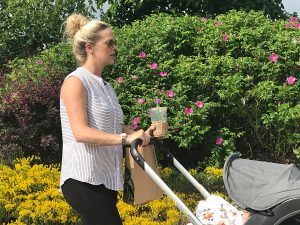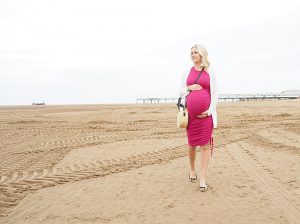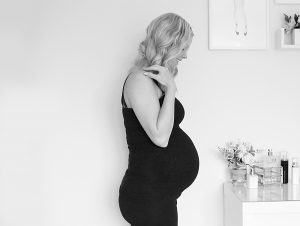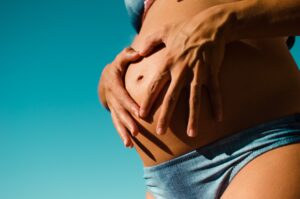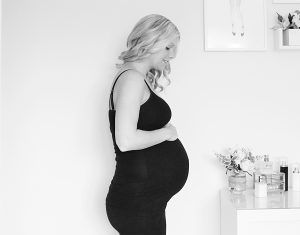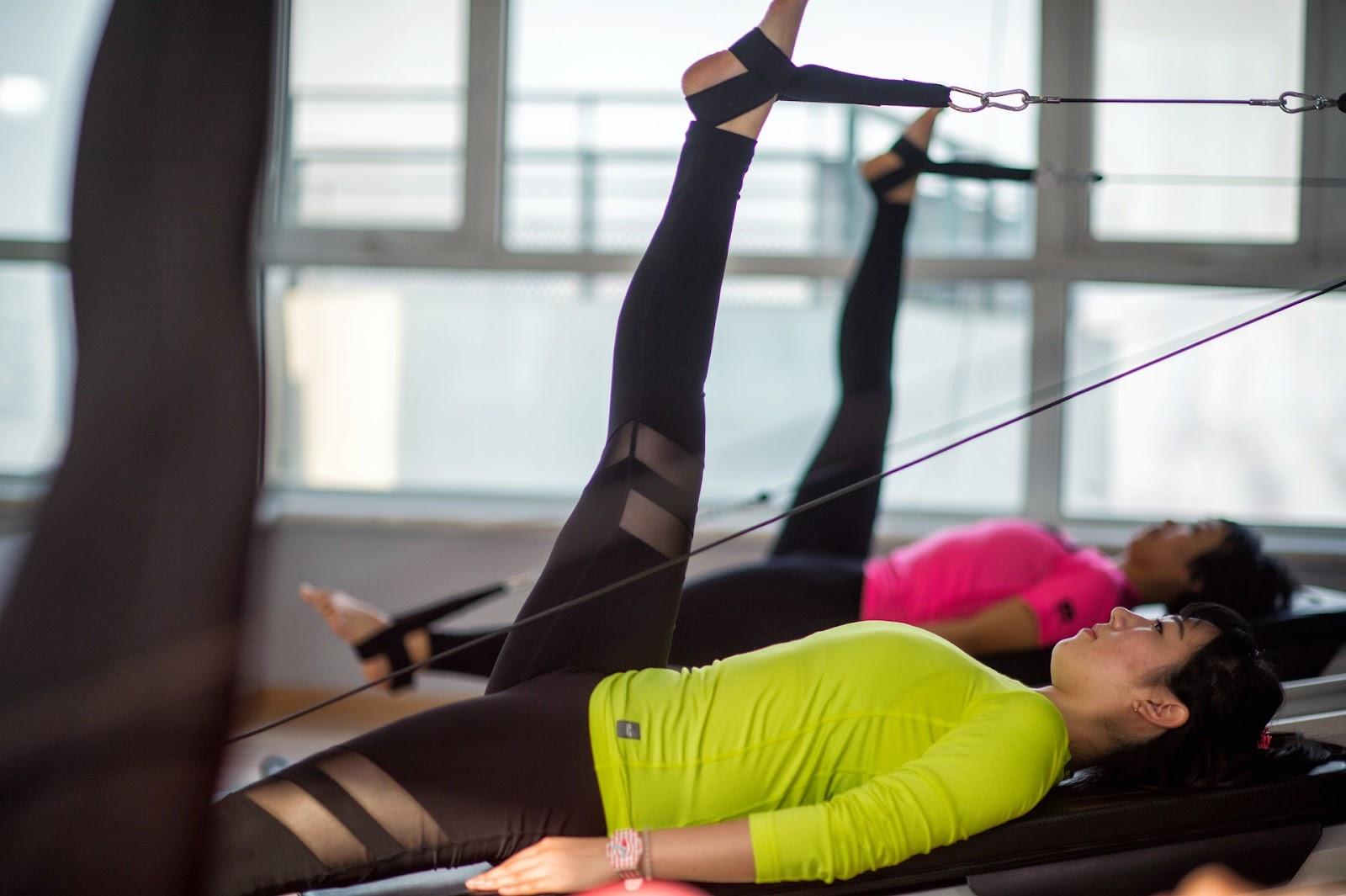
Image Source
Pregnancy, childbirth and the whole postpartum period take their toll on women’s physical, mental and emotional well-being. It is common to feel overwhelmed and unsure of how to be YOU again. The good news is that you don’t have to keep feeling lost. Here are eight ways to help you bounce back and cherish every motherhood moment.
8 Best Ways to Bounce Back after Pregnancy:
ADEQUATE SOCIAL SUPPORT
The transition into motherhood can be daunting if undertaken alone. So, don’t feel ashamed to ask for and accept help from your family and friends. Social support from family and friends can give you the rest and alone time you deserve and help prevent stress and postpartum depression. In addition, studies have shown that their support aids in faster physical recovery.
BREASTFEEDING
As a new mom, you might look for ways to lose the “baby weight” and get back into shape. But did you know breastfeeding can help you burn over six hundred calories daily?
The WHO, UNICEF and many other medical bodies/organizations recommend exclusive breastfeeding for the first six months because of its multiple benefits to the mother and child.
When you breastfeed, your body releases the love hormone (oxytocin), which causes uterine contractions, which can help your uterus return to its pre-pregnancy size more quickly. This process is known as uterine involution.
EXERCISE
While taking things slow and giving your body time to heal is essential, regular exercise can help you bounce back by restoring muscle strength and tone, promoting weight loss, improving mood and mental health, and raising energy levels.
There are various forms of exercises that you can try: cardio, yoga, pilates, strength training, and stretching and crunches. You may feel you don’t have the time, but working out 15-30 minutes, 5 to 6 days a week, can change your life. Just be sure to consult with a healthcare professional before beginning any exercise.
NUTRITION
Good nutrition is crucial in the postpartum period to assist the body in recovery and prevent excess weight retention. Following delivery, there is a reduction in the metabolic rate and an increased energy demand needed for breastfeeding.
According to the CDC, the caloric requirement in the postpartum period is 2000-2800 Kcal per day for a breastfeeding woman and 1600-2400 Kcal per day for a non-breastfeeding woman. These should be provided via a balanced diet.
Adequate hydration is also vital in the immediate postpartum period, and at least 3 litres of fluid should be taken daily to help maintain lactation.
PELVIC FLOOR EXERCISE
The pelvic floor muscles can be weakened or stretched following childbirth. This can lead to symptoms of pelvic floor disorders such as urinary/faecal incontinence and prolapse. Pelvic floor exercises (Kegels exercises) can help improve these muscles’ strength, tone and flexibility, thereby restoring pelvic floor function and improving sexual health.
In addition to these exercises, women may also look for women’s incontinence underwear after pregnancy to help manage urinary incontinence experienced by women after giving birth, providing extra protection and confidence during the recovery process.
VAGINAL TIGHTENING PROCEDURES
Some women may complain of vaginal laxity following a number of normal deliveries. This is because of the stretching and weakening of the pelvic floor muscles following vaginal delivery. More often than not, these women are asked to perform Kegels exercise. Occasionally, this may not suffice, and other procedures (surgical/non-surgical) for vaginal rejuvenation may be explored.
Vaginoplasty, Perineoplasty and the use of Laser (FemiLift) or Radiofrequency (ThermiVa) are several surgical and non-surgical procedures for vaginal rejuvenation that have been proven to provide relief to women with this problem.
PRENATAL VITAMINS
A balanced diet can help replenish nutrients diminished during pregnancy and meet your body’s increased nutrient demand due to breastfeeding. However, most health practitioners recommend continuously using prenatal vitamins to meet your needs. So continue taking supplements containing Iron, Folic Acid, Vitamin D, Omega 3 acids, and Calcium.
PATIENCE
Finally, be patient with yourself. Remember that every woman’s journey to postpartum recovery is unique, so pace yourself. Don’t compare yourself to others. Instead, focus on taking small positive steps towards recovery daily.
REFERENCES
- Negron R, Martin A, Almog M, Balbierz A, Howell EA. Social support during the postpartum period: mothers’ views on needs, expectations, and mobilisation of support. Maternal and child health journal. 2013;17:616-23.
- Unicef. Breastfeeding a mother’s gift, for every child, 2018. UNICEF for every child. 2017:1-3.
- Birsner ML, Gyamfi-Bannerman C. Physical activity and exercise during pregnancy and the postpartum period ACOG committee opinion summary, number 804. Obstetrics and gynecology. 2020;135(4):E178-88.
- Maternal diet. (2020) https://www.cdc.gov/breastfeeding/breastfeeding-special-circumstances/diet-and-micronutrients/maternal-diet.html
- Hadizadeh-Talasaz Z, Sadeghi R, Khadivzadeh T. Effect of pelvic floor muscle training on postpartum sexual function and quality of life: A systematic review and meta-analysis of clinical trials. Taiwanese Journal of Obstetrics and Gynecology. 2019;58(6):737-47.
- Cheng C, Cao Y, Ma SX, Cheng KX, Zhang YF, Liu Y. The strategy for vaginal rejuvenation: CO2 laser or vaginoplasty?. Annals of Translational Medicine. 2021 Apr;9(7).
*collaboration
